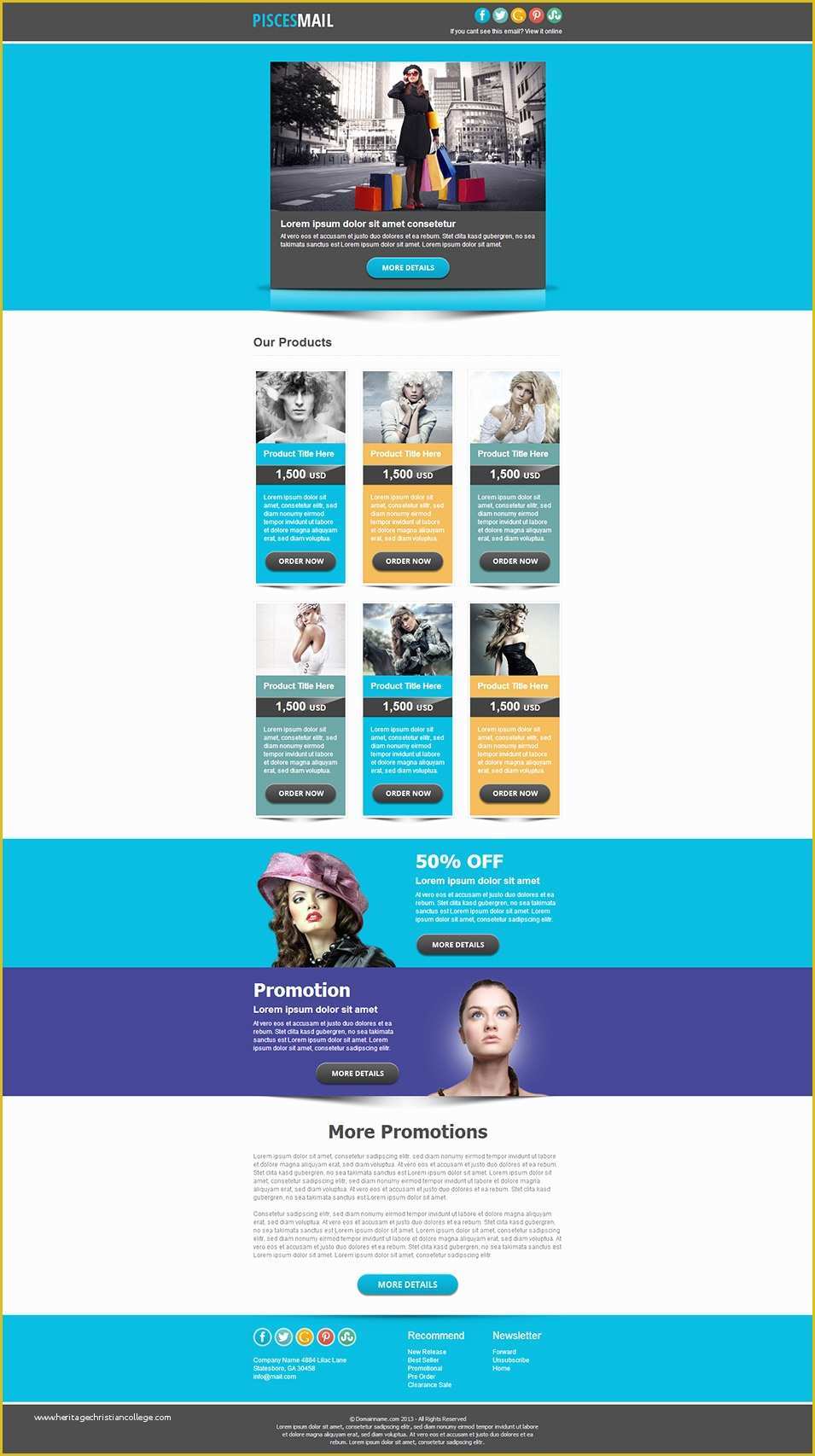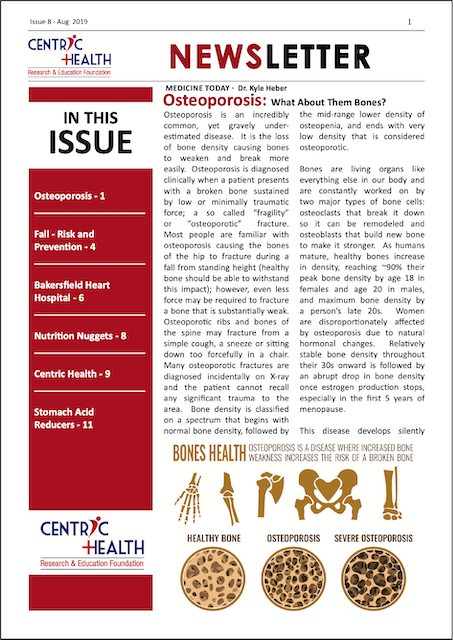

Use buttons where appropriate to make it easier for users to click on your key calls-to-action.Newsletters that contain very large image files can get flagged as spam by email programs (or take a long time to display correctly). Ensure that any images you add to your newsletter are not too large in size (for most templates, an image width of 600-800 pixels is usually best).Try to settle on one call-to-action (CTA) rather than lots of them - decide what you’d like your users to do and focus on writing copy that encourages them to do precisely that.On the basis of the intelligence, you can make the right decisions about what to leave out of your newsletter next time, and what to do more of.

clickthrough rates, which tell you how many times the links in your newsletter were clicked on – a good way of judging whether subscribers found your content interesting and responded to your CTAs.open rates, which give you a rough idea of how many of the emails you sent were opened – get above 30% and you're doing very well.

To make sure your newsletter is doing its job and is useful to the people you send it to, you need to look at the metrics. Learn what worked so you know what to leave out Keep it to under 41 characters (portrait view on an iPhone) and leave out the word 'newsletter/e-newsletter' – research has shown it decreases the open rate by over 18%. Use the headlines from a couple of the top items – or the most important one – which should be of interest to them:ġ0 money-saving legal tips for house-buyers Tell your subscribers what they can find inside. All it tells you is who it's from (which the recipient can see) and the date (which they already know). Our Firm's Newsletter, May 2018 isn't going to do the job. 35% of email recipients open email based on the subject line, so it's worth spending time on. Like any good email, your newsletter needs a subject line that grabs attention. Instead, we scan pages, picking out words and sentences that interest us, so make your titles eye-catching.įor example, ' Solicitors most envied professional, says new report' will stand out more than ' New report about legal profession published'. We rarely read digital content word for word. We take you through the process and answer your legal questions.Īim for your newsletter to be around 90% informative and 10% promotional, and keep adverts for events, publications and anything that involves a cost, to a minimum. Clicking links on mobile devices can be difficult when there are several embedded in the text.Īnd is it more risky than using a solicitor? Use original text, don't simply copy from the linked page, and keep links to one or two per item, preferably at the end. Each news item should be no longer than two or three short sentences with a link to more information. You want recipients to respond to your CTAs, so don't make them read more than necessary. Get to the pointĬontent should be concise and to the point. Images are often switched off on mobile devices, so don't make them crucial to the story. Use images that are still recognisable when they're scaled down on a mobile device (hint: group photos don't work well). Images add colour and break up text, but use them sparingly and make them relevant to the story. Leaving plenty of white space and using bullet points will stop it looking cluttered - especially important for the 49% trying to read it on a mobile device. The design should make the content easy to read and navigate. In marketing, a CTA is an instruction to the audience designed to provoke an immediate response, usually using an imperative verb such as "call now", "find out more" or "visit a store today". Or you could focus on just two to three topics or calls to action (CTAs) in each issue.
Best newsletters 2018 professional#
Tempting as it is to include everything that's happened in your organisation or professional field, less is more. There's no rule about how long newsletters should be but we read 49% of our email on mobile devices, so the shorter the better. Put important items at the top – and remember that means what will be important to your audience, and not just what's important to you. Deciding what's important will help you plan the newsletter and write the content.

Think about what your recipients want to read about. This means the content has to be relevant, interesting and, above all, useful to them. Recipients should want to read it immediately or at least keep it in their inbox for when they're free. If you produce digital newsletters, what's the magic formula? What makes yours wave its hand in the air and shout 'read me, read me'? "Reading" is not even the right word, since people scan newsletters. The average time people spend reading a newsletter is 51 seconds.


 0 kommentar(er)
0 kommentar(er)
